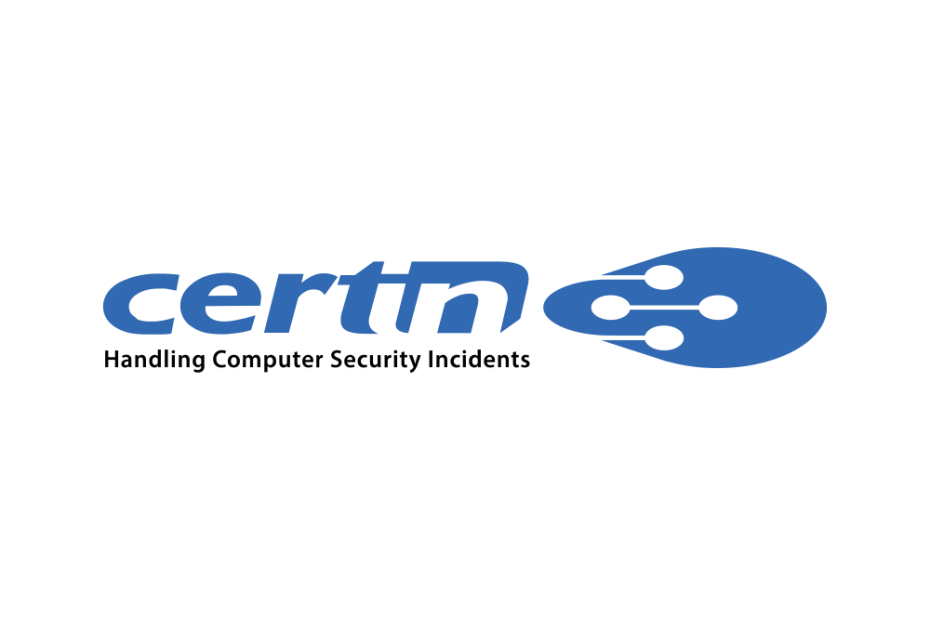- What is CERTin, who is certin, why certin, use of certin
- How to get CERTin Empanelment – process – business
Who is CERT-IN?
CERT-In (Computer Emergency Response Team India) is a national agency that continuously analyzes cyber threats and handles cyber incidents reported to it by individuals and various organizations. It is operated under the Ministry of Electronics and Information Technology. CERT-In regularly issues advisories to organizations and users to enable them to protect their data and infrastructure
CERT-IN is majorly responsible for:
- Responding to incidents of computer security
- Collecting, analysing, and distributing information on cybersecurity attacks and vulnerabilities
- Putting in place emergency responses for handling cybersecurity attacks.
- Preparing forecasts and alerts for any security problems observed.
- Heading cyber incident response activities and their coordination
- Issuing notices, guidelines on dealing with attacks, advisories, or whitepapers. This could be in the fields of information security, prevention of attacks, responses, and reporting practices.
- Vulnerability reporting and management.
- Ensuring holistic and efficient IT security policies throughout India.
What is Cert-in empanelment?
Cert-In Empanelment refers to the process through which companies, often referred to as empaneled auditors, are given authorization by Cert-In to conduct information security audits and certifications. The results of these audits show if a business adheres to a set of cybersecurity best practices and standards. When a firm has this certification, it means that it has met the standards and has the necessary experience to carry out cybersecurity assessments.
Why Cert-In Empanelment is needed?
- Enhanced Security Posture: Organizations must undertake extensive evaluations of their information security procedures as part of the Cert-In empanelment process. By identifying vulnerabilities, gaps, and weaknesses, this examination enables organizations to improve their security posture.
- Compliance with Regulatory Requirements: Empanelment helps organizations comply with various regulatory frameworks and guidelines, such as the Indian IT Act and the Data Protection Laws. It ensures adherence to the recommended security controls and safeguards.
- Competitive Advantage: Organizations can get a competitive advantage through empanelment by setting themselves apart from non-empaneled businesses. It offers a reputable benchmark for assessing an organization’s cybersecurity capabilities and may play a major role in securing partnerships or contracts.
- Credibility and Trust: Empanelment by Cert-In enhances an organization’s credibility and instils trust among clients, partners, and stakeholders. It demonstrates the organization’s commitment to ensuring the security and confidentiality of information.
Who Needs Cert-In Certification?
One of the best ways to verify the security of Indian organizations is through CERT-In certification. The organizations who stand to gain the most from a CERT-In certification are as follows:
- Businesses that transact with the Indian government on matters of software, hardware, or services
- Businesses and related software covered by the SEBI Cybersecurity and Cyber Resilience Framework rules
- Organizations that use the National Informatics Centre (NIC) to host online applications or websites
- Companies or people employing software should adhere to the UIDAI – AUA KUA Compliance mandate.
- Organizations or those who use the software in compliance with RBI or RBI Guidelines for NBFC sector cyber security.
Conclusion:
In a digital age where cyber threats have become a harsh reality, CERT-In stands as a sentinel guarding India’s cyberspace. Through its proactive approach, incident handling capabilities, and collaborative efforts, CERT-In plays a crucial role in strengthening the nation’s cybersecurity posture.

